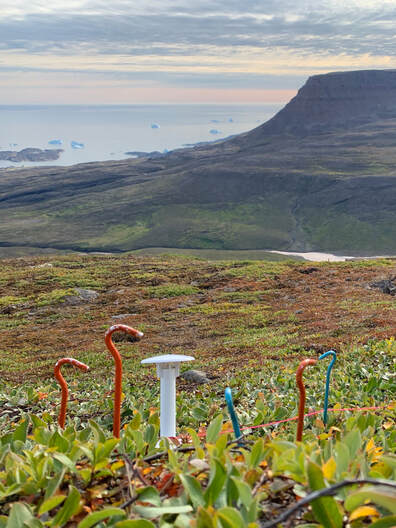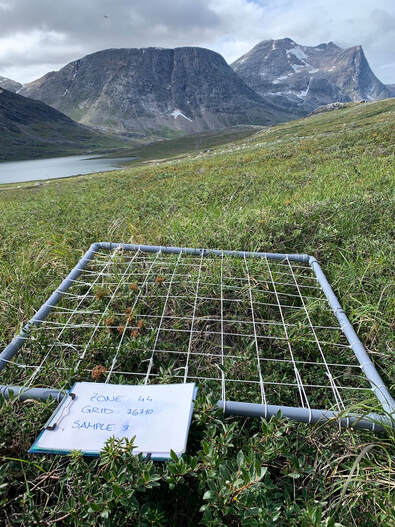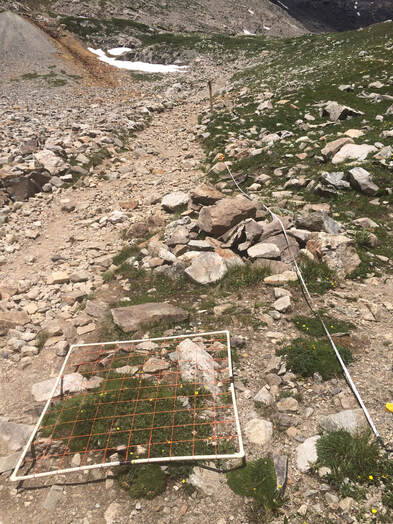Using modeling and field work approaches to understand
what drives species geographic distributions and
how these will shift with global change
[Google Scholar] [GitLab] [GitHub]
|
POPULATION DYNAMICS AND PROCESSES
To predict how species will respond to global change, we require an understanding of biotic and abiotic drivers on population dynamics and processes, and how to accurately represent these relationships. I examine how microhabitat parameters influence local scale variability in species responses with my field work, and use my modeling work to improve our understanding of how species will respond to climate change.
|
|
ECOLOGICAL (SPATIAL) MODELING
Simple climate-based range shifts predictions are often inaccurate due to a lack of understanding of how separate populations within a species range respond to (micro-) climate, failing to choose relevant parameters to include in models, and not validating such models with independent data. I collect extensive field survey data to test how common modeling choices can affect results, with the aim of improving our models of range shifts. I also lead and participate in large synthesis studies.
|
|
HUMAN DISTURBANCE IMPACTS
While disturbances have the potential to alter competitive interactions that influence range limits, anthropogenic disturbances are often left out of range limit research. I have found that human trampling disturbance has differential effects at lower vs. upper elevational range limits, and my ongoing field work documents disturbance affects on alpine plant communities across the Northern Hemisphere. This work highlights the need to consider disturbances, which can override the effects of climate, in predictions of species range shifts. |
Funding for this work generously provided by: Swiss National Science Foundation; BC Living Labs Program; Swiss Polar Institute; Zeno Karl Schindler Foundation; American Alpine Club; Environmental Studies Program at University of Colorado, Boulder; Indian Peaks Wilderness Alliance; John Marr Ecology Fund; Hazel Schmoll Research Fellowship; Botanical Society of Switzerland.
Copyright © 2024 NI Chardon. Reproduction and distribution of any content on this website without written permission from NI Chardon is prohibited.



